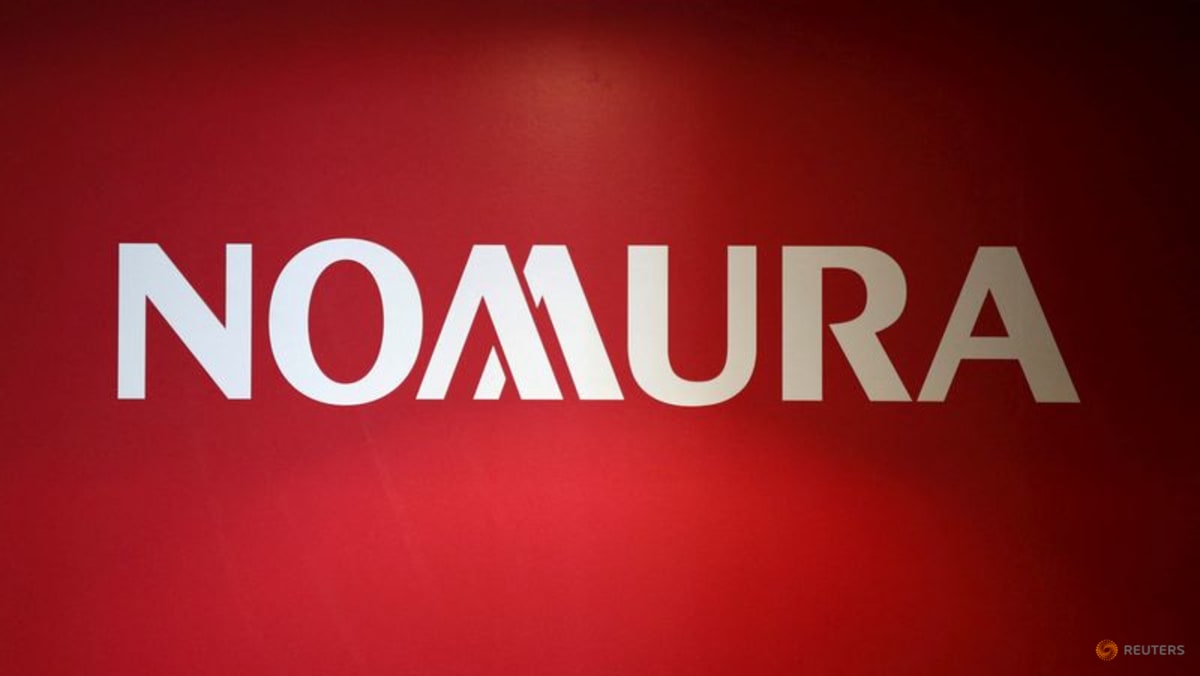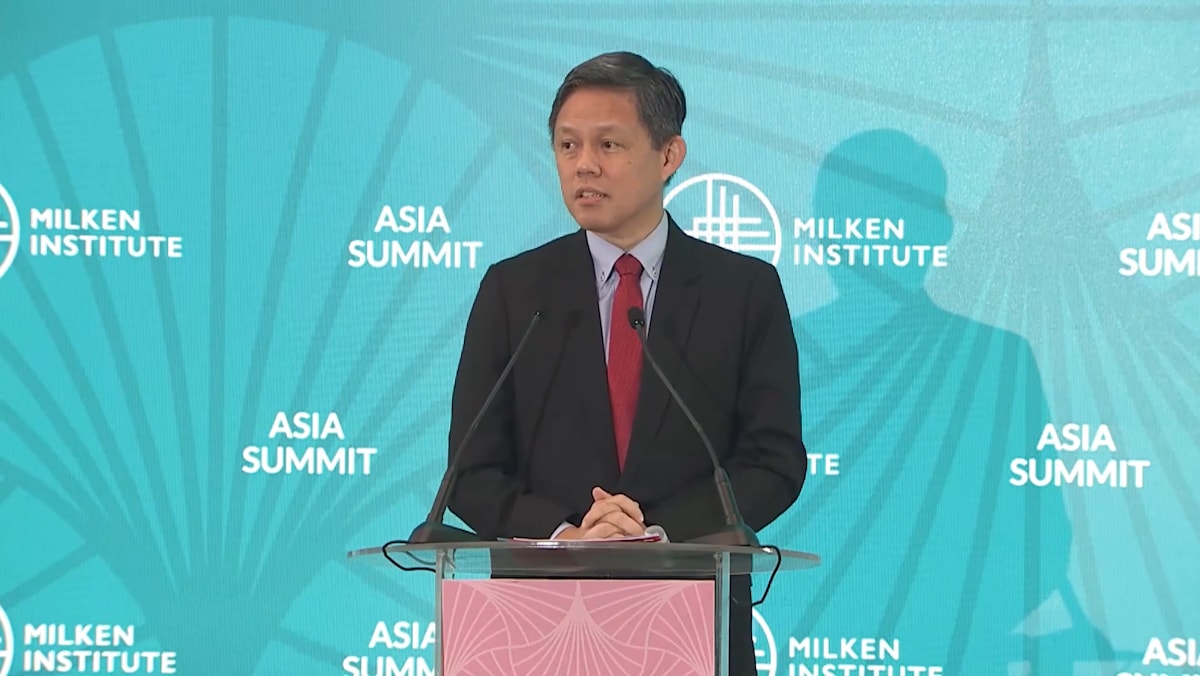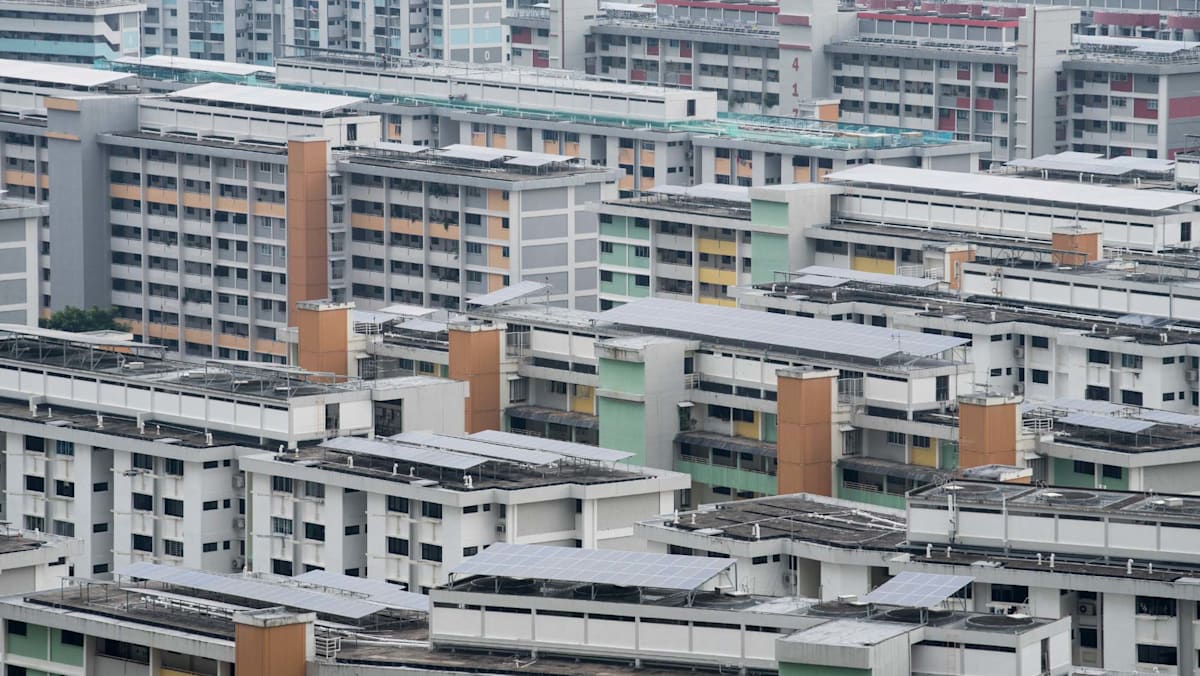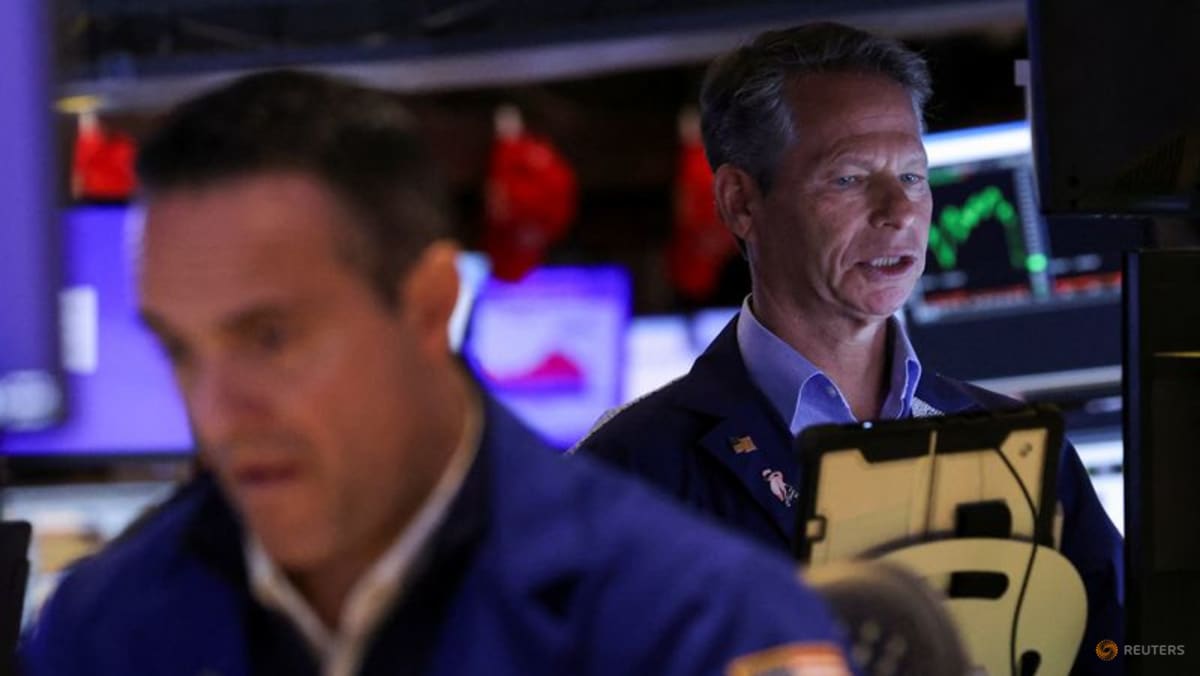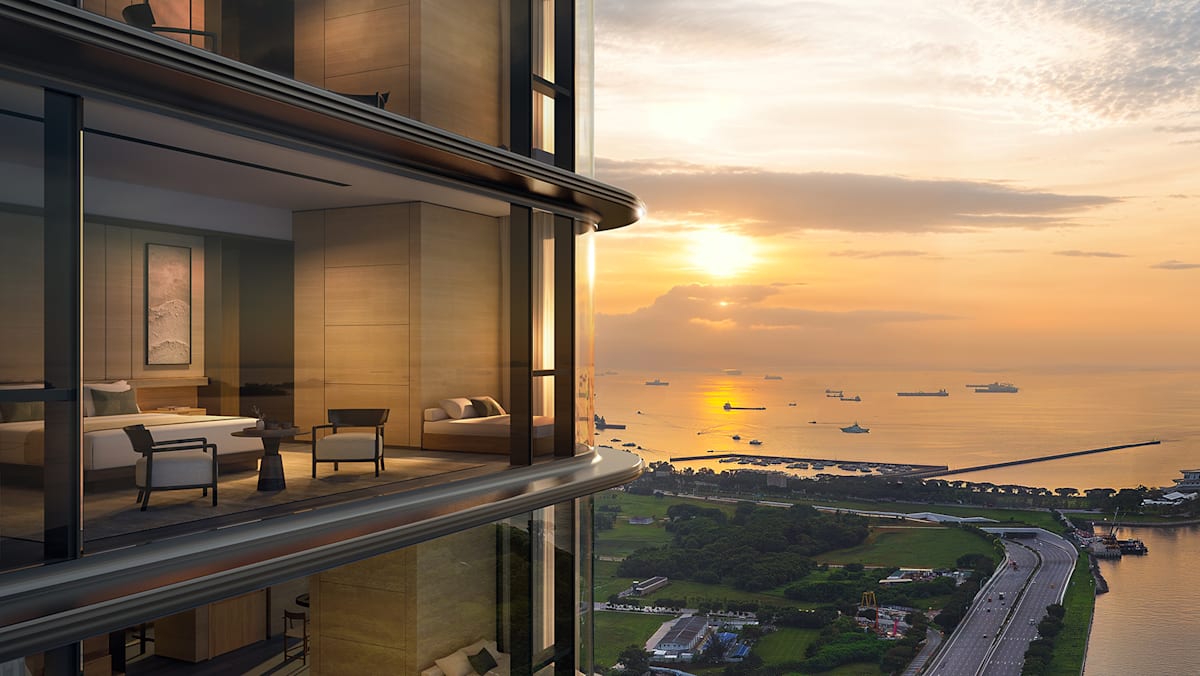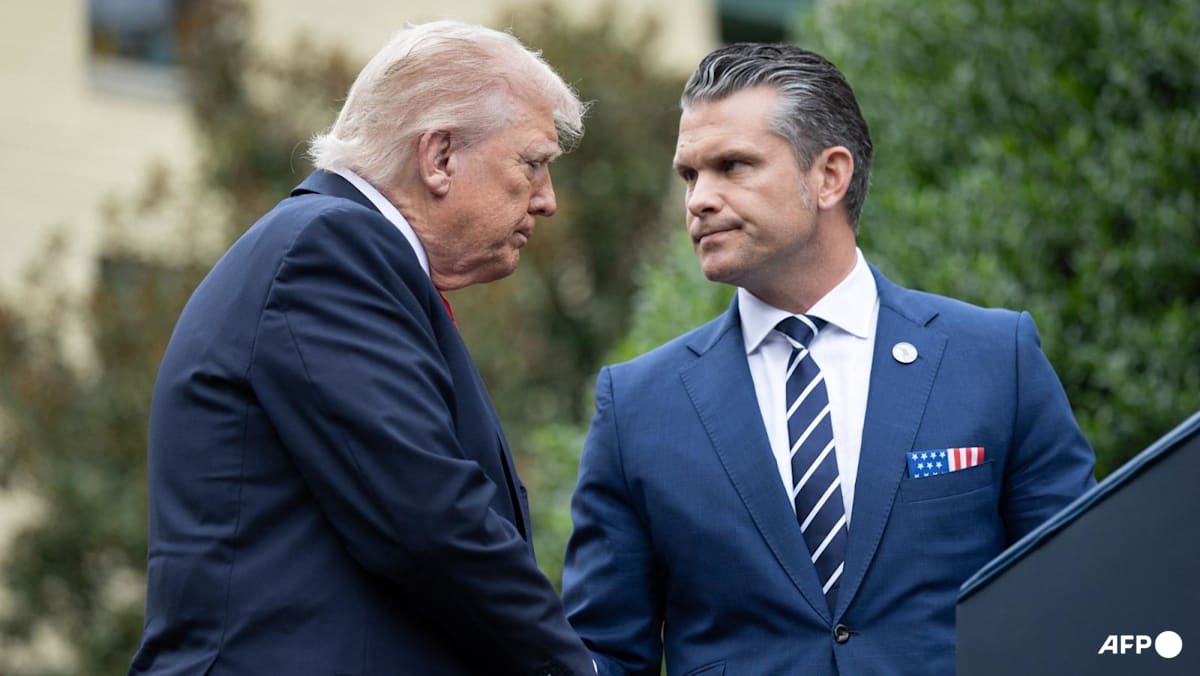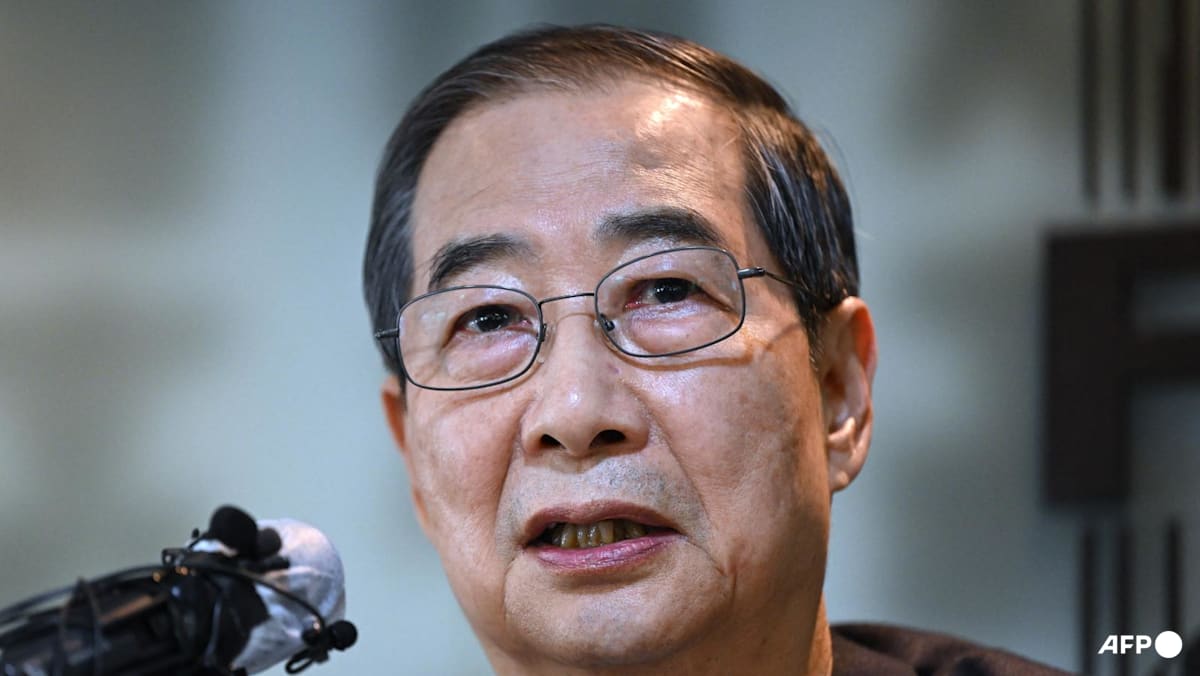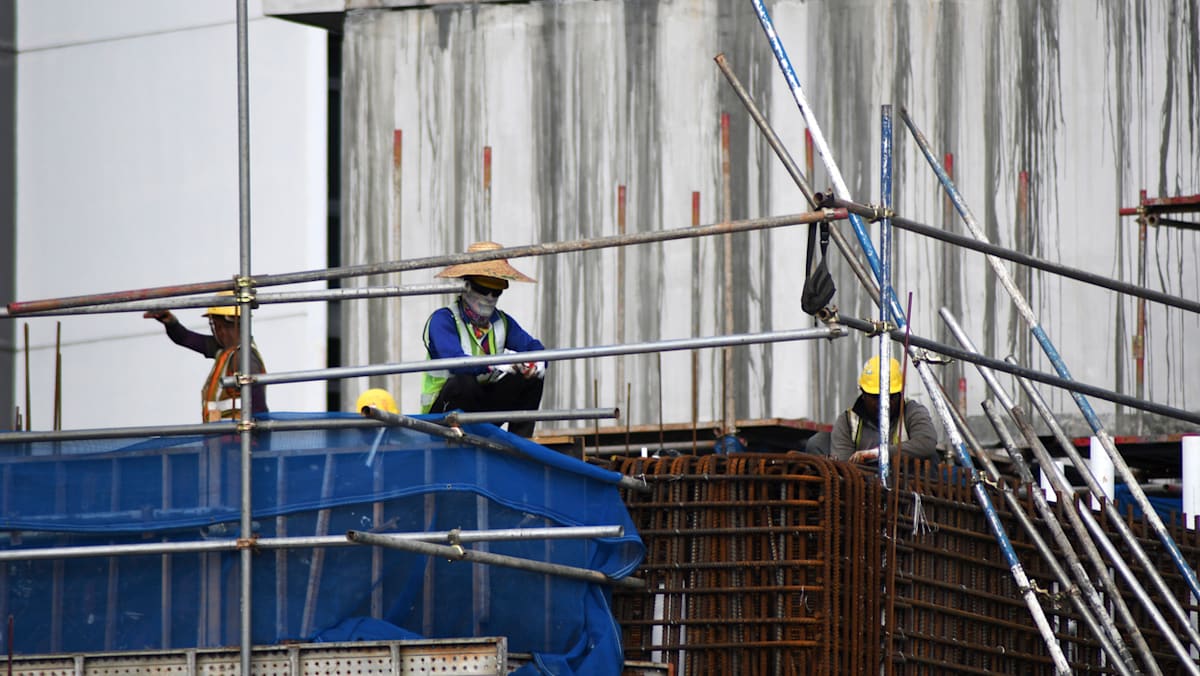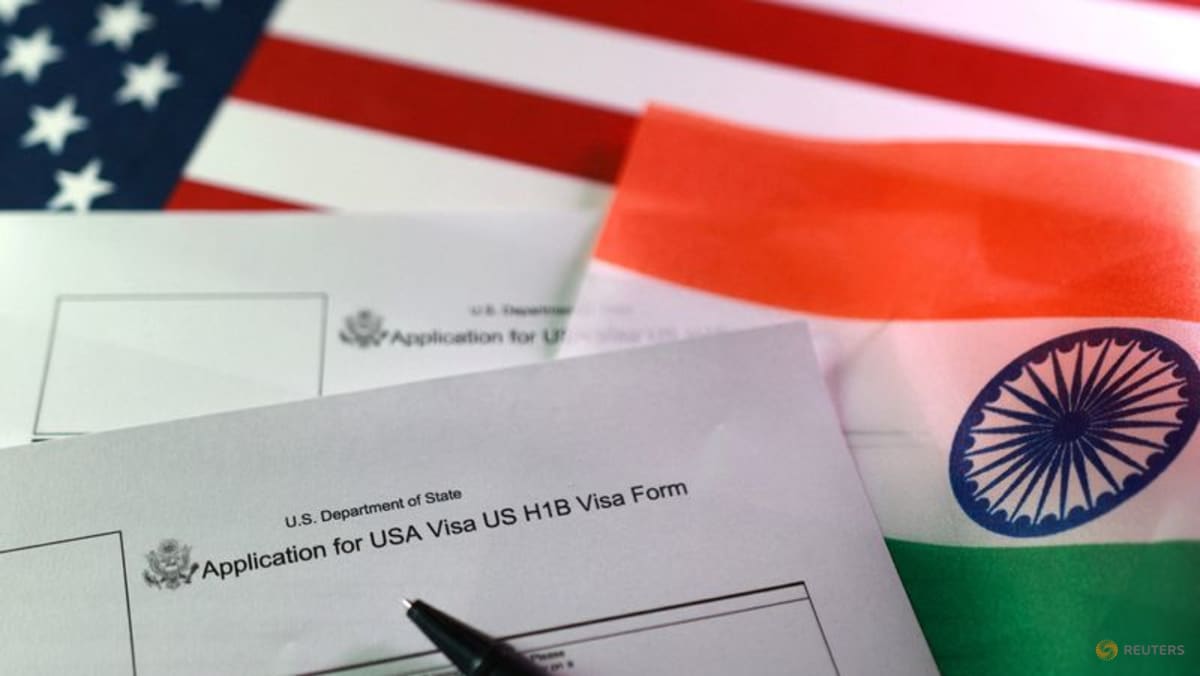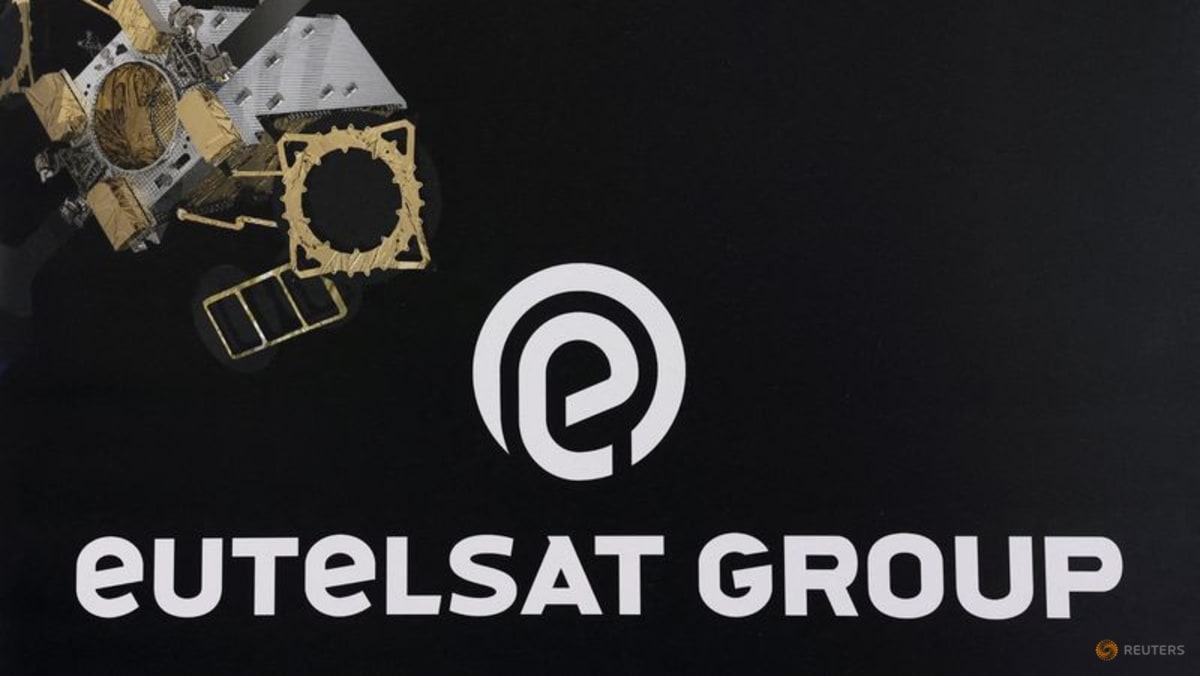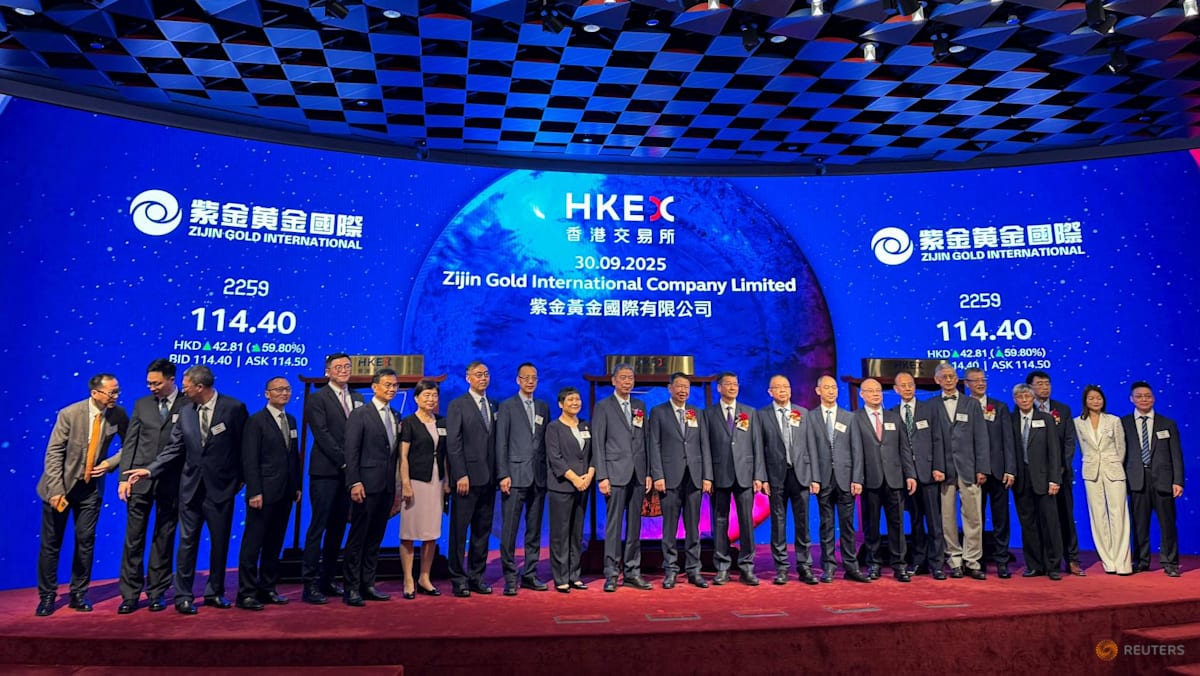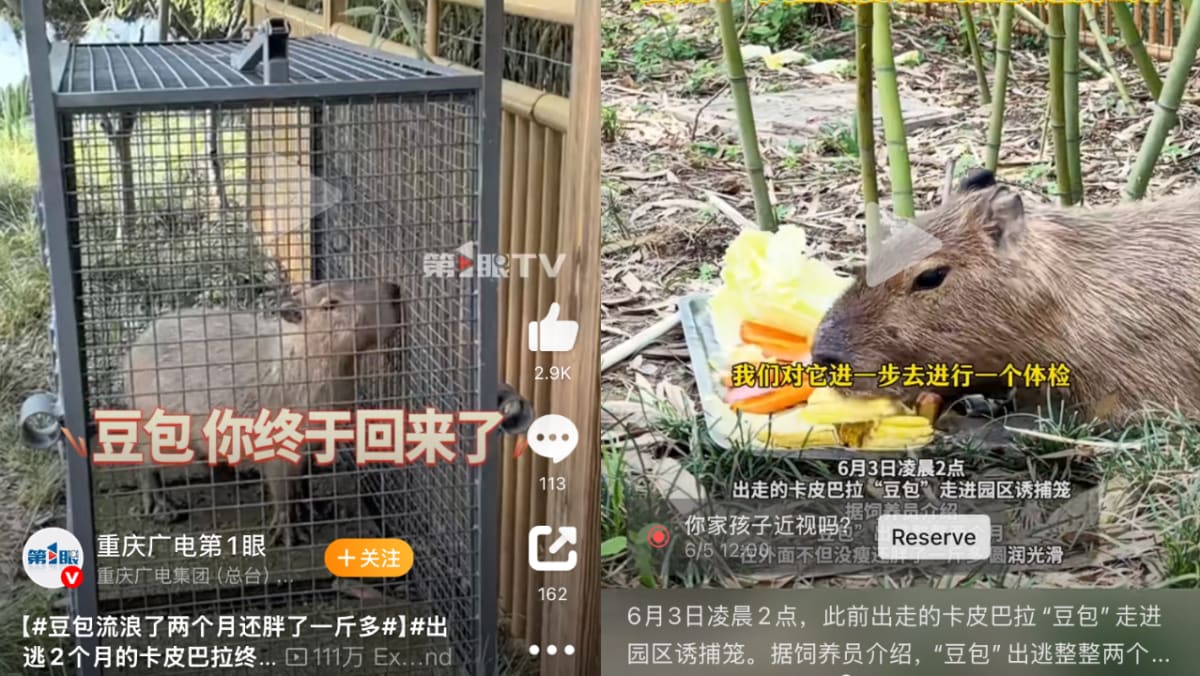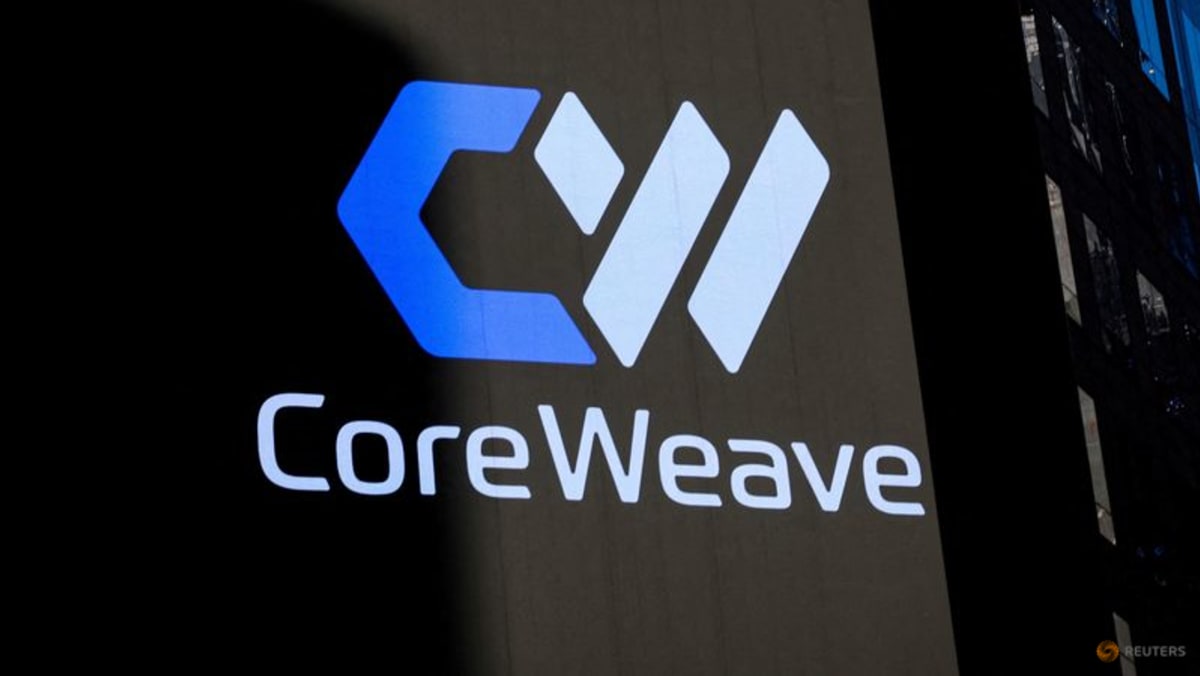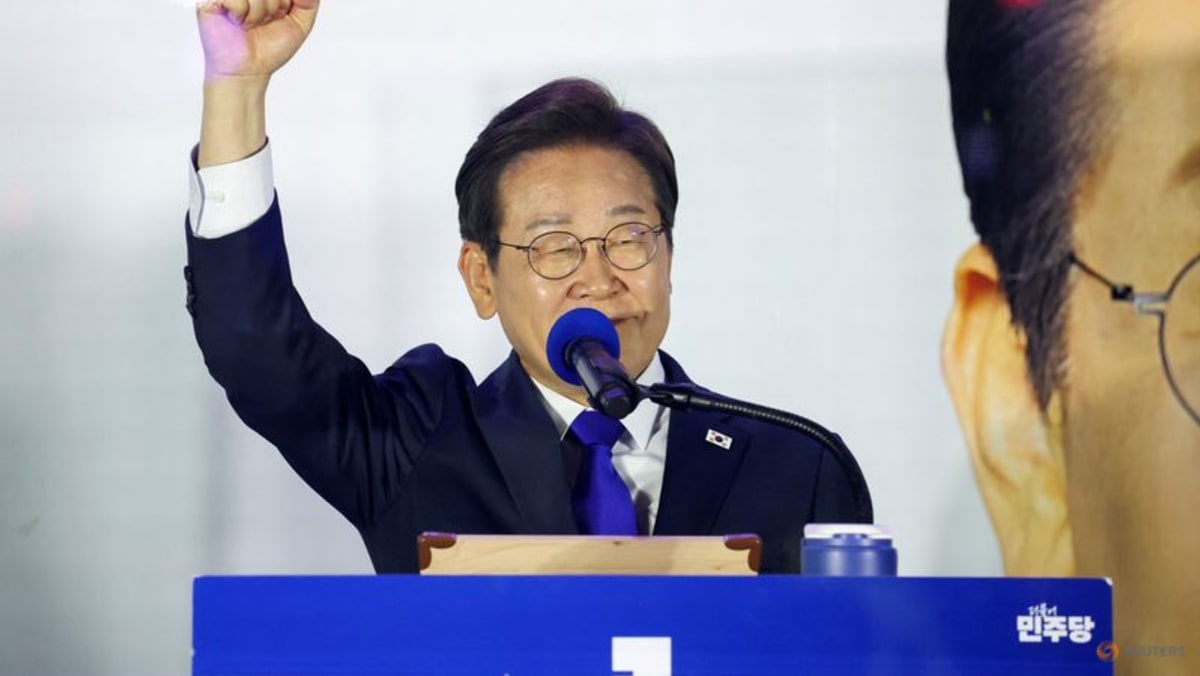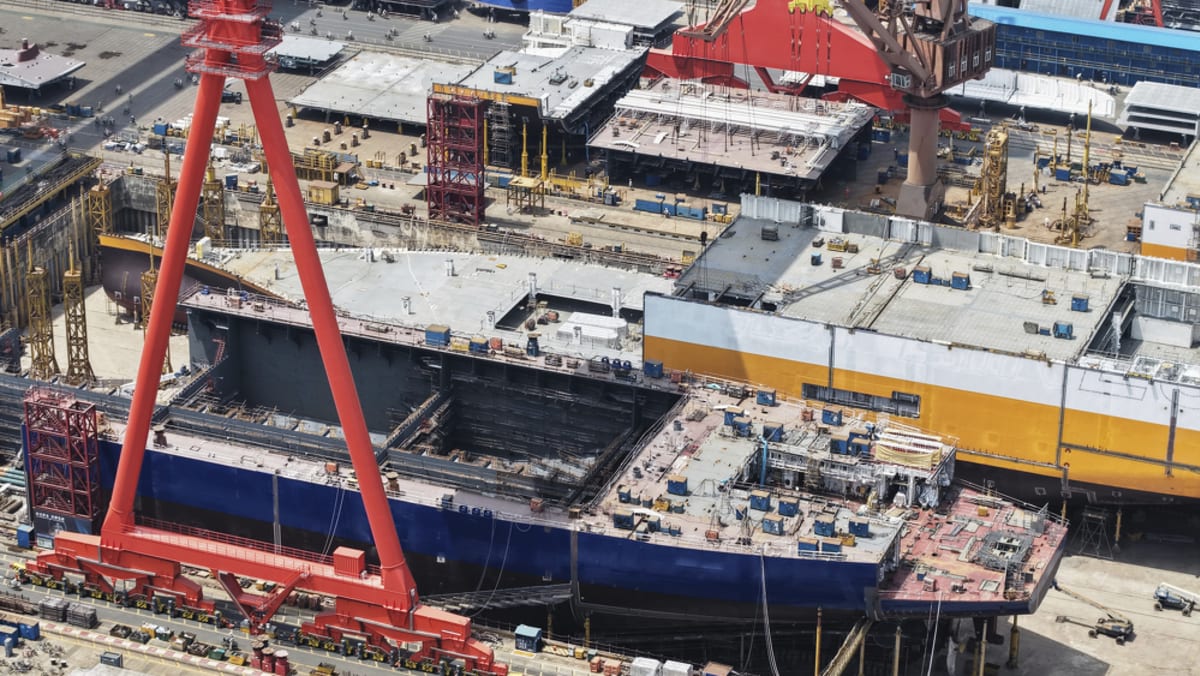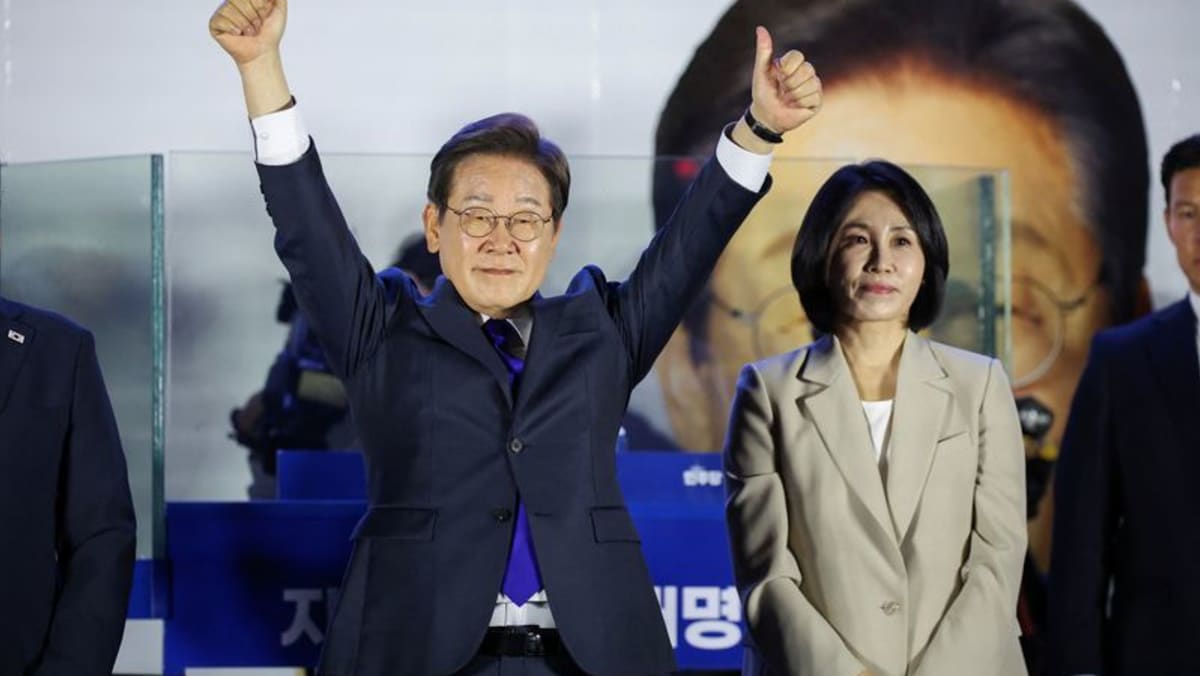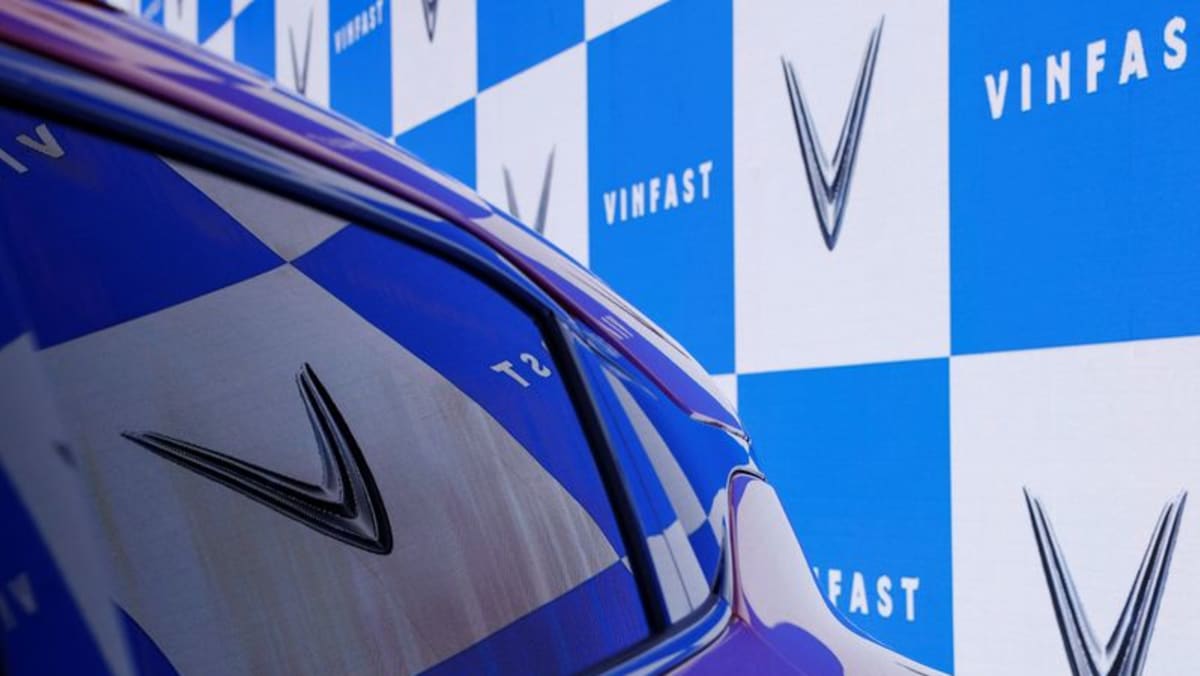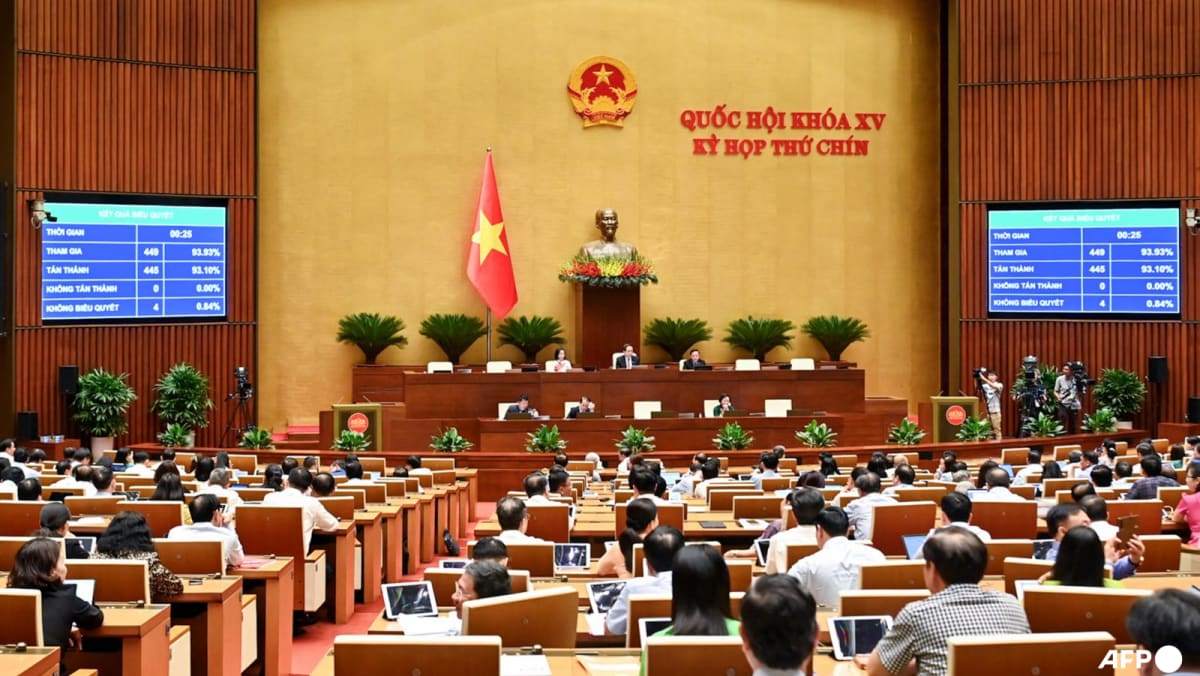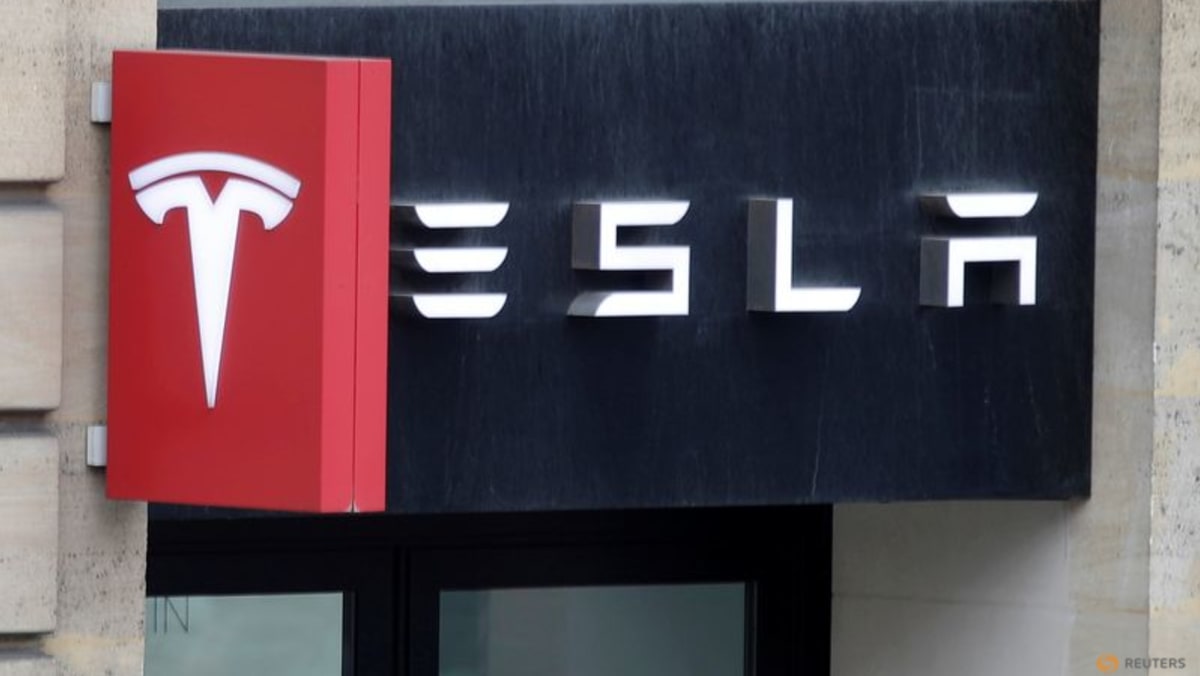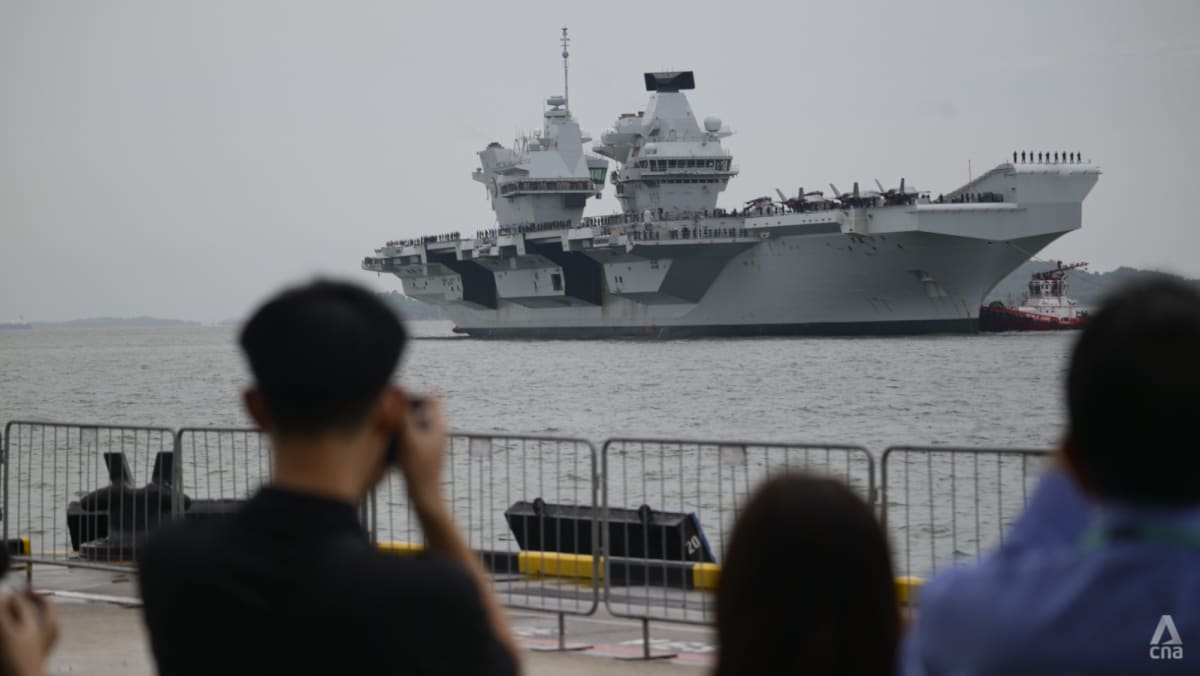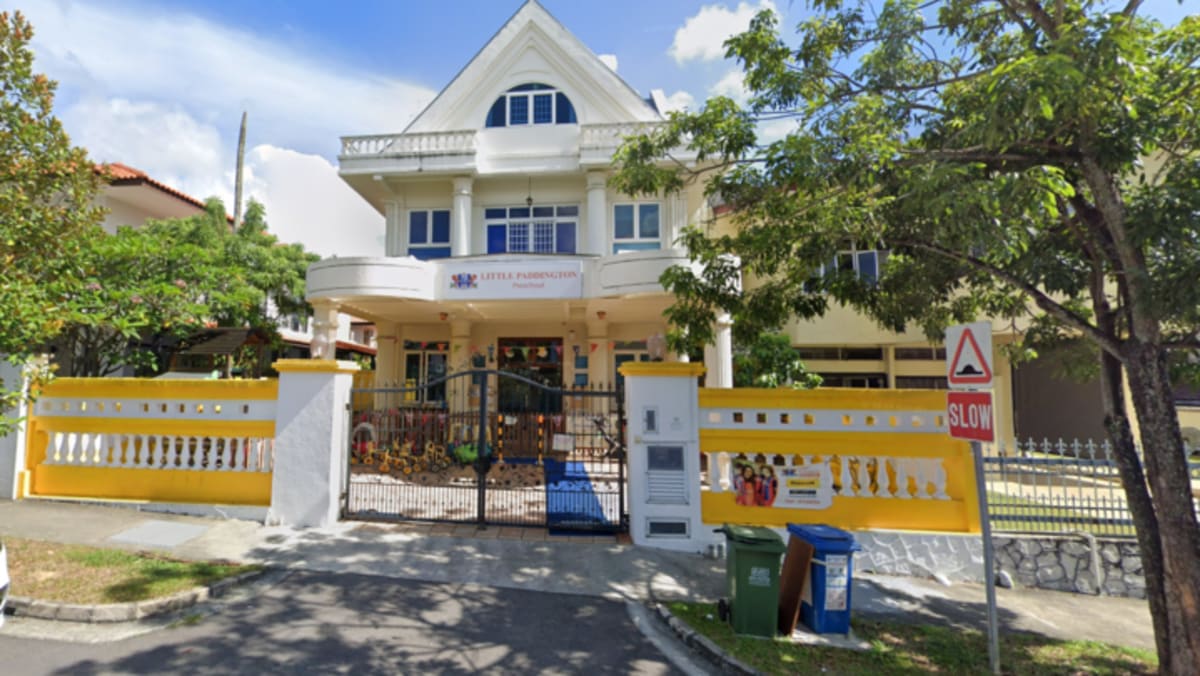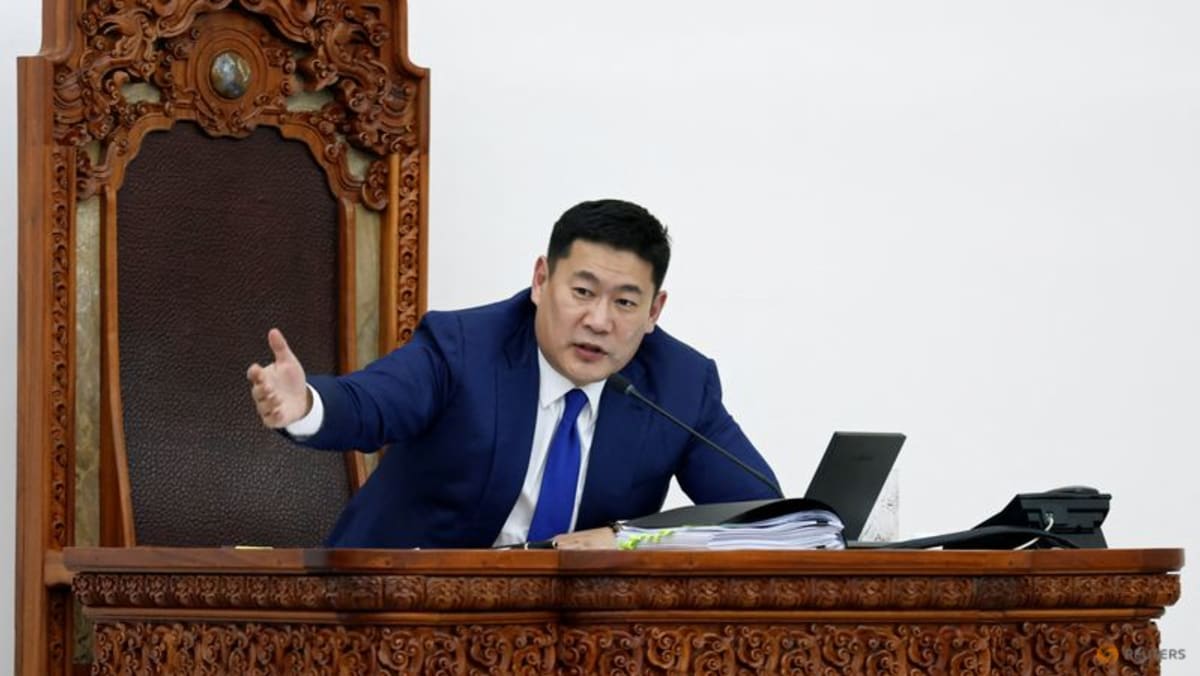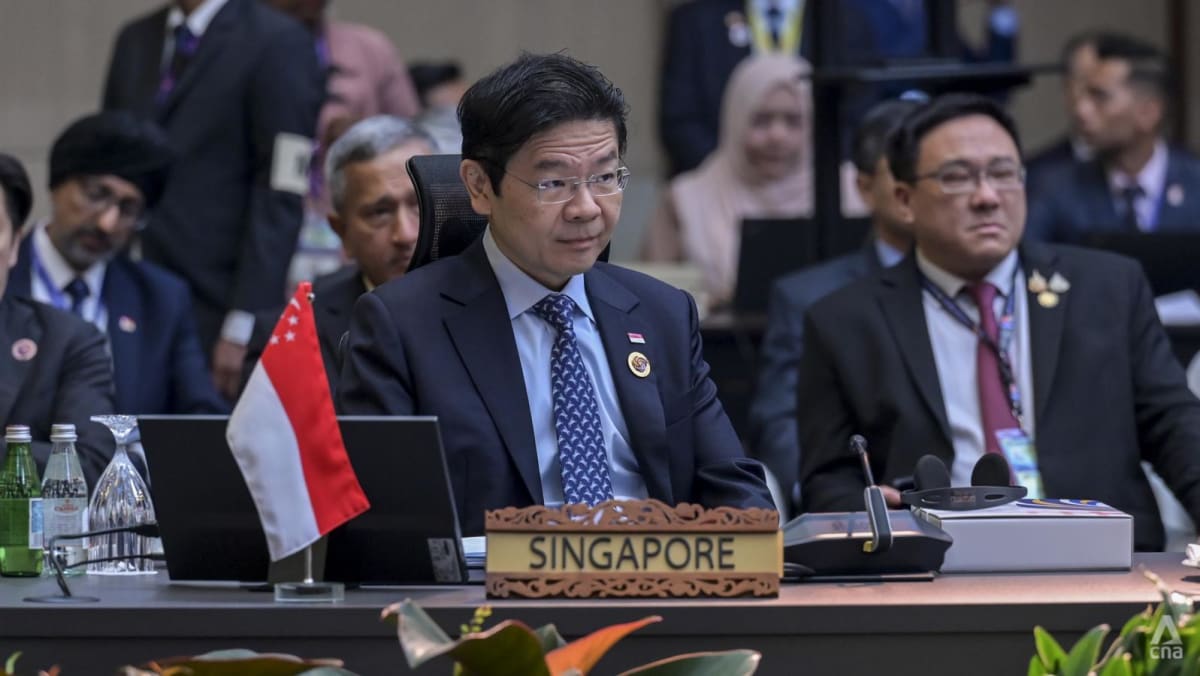SINGAPORE: Temasek’s net portfolio value increased by 11.8 per cent from a year ago to hit a record high of S$434 billion (US$324 billion) as of Mar 31 this year, the state investor announced on Wednesday (Jul 9).
The increase was largely because of strong performance by Singapore-based, listed companies in Temasek’s portfolio, as well as direct investments in China, the United States and India in the previous financial year.
Temasek is a major shareholder of companies such as DBS and Singapore Airlines.
Taking into account the value of Temasek’s unlisted assets, its net portfolio value would be S$469 billion.
Its annual report comes amid increasing geopolitical uncertainty, with US President Donald Trump sending out tariff letters to Asian countries including Japan, South Korea, Malaysia and Thailand. The tariffs are due to kick in on Aug 1.
Amid such an environment, Temasek has been "actively rebalancing" its portfolio and strengthening resilience, said the company. It also noted that geopolitical tensions remain a key risk that will likely dampen global growth.
To this end, the company invested S$52 billion and divested S$42 billion for the financial year ending Mar 31, which was a net investment of S$10 billion compared to the previous year’s net divestment of S$7 billion.
“We continue to invest in emerging and established market leaders that generate stable cash flows and earnings with manageable exposure to trade tensions — particularly those with access to large domestic markets, resilient supply chains, and strong pricing power," the company said.
Chief executive officer Dilhan Pillay said the uncertainty of a multipolar world is exacerbated by the AI-driven revolution, and the climate crisis continues to be a threat.
"At Temasek, we remain clear-eyed about the risks ahead and continue to navigate the ambiguities that arise in an ever-changing global environment with a pragmatic approach," he said.
Asked if the Singapore-based listed companies in its portfolio are expected to continue to do well, Temasek’s deputy chief executive officer Chia Song Hwee said it is not possible to forecast the share prices.
“What we watch is, are they delivering the targets that they set for themselves?” he said. The market will react accordingly depending on whether they meet those targets.
“We should not be complacent, they should not be complacent. Every day is a battle to them.”
Temasek is one of three entities that has part of its returns tapped every year for the government’s annual Budget.
Based on the Net Investment Returns Contribution framework, Singapore’s government can spend up to half of the long-term expected investment returns generated by Temasek, as well as by sovereign wealth fund GIC and the Monetary Authority of Singapore.
This year, the 20-year shareholder return is 7 per cent, unchanged from 2024. The 10-year shareholder return dipped to 5 per cent, down from 6 per cent last year.
“This is because our March 2015 performance, a strong one due to the favourable market conditions that year, has been dropped from the measurement period,” said Ms Lim Ming Pey, joint head of global strategy at Temasek.
INVESTMENTS AND DIVESTMENTS
As for its net investments of S$10 billion for the financial year, chief financial officer Png Chin Yee said both investments and divestments cut across a few sectors.
“We divest when the thesis has played out … when we see that actually we have realised a good profit and want to recycle that into a similar space,” she said, noting that Temasek partially divested its stake in Moncler.
For investments, Temasek leaned into artificial intelligence and infrastructure, including digital infrastructure, said Ms Png. The firm also invested in financial services and technology.
Looking ahead, Temasek wants to increase its exposure into core-plus infrastructure and AI.
Core-plus refers to investments that have slightly higher returns than core infrastructure projects such as rail networks or gas pipes. Examples of core-plus would include energy transition assets and digital infrastructure.
“This is an asset class that can provide resilient, risk-adjusted returns and stable cash yields,” said Ms Lim.
She said there are “ample and attractive opportunities” in the infrastructure sector, driven by the demand for data centres, the energy transition and the replacement of ageing infrastructure.
For AI, she said the Temasek is looking for opportunities across the value chain, from winners that are growing and scaling to factories that enable the broader ecosystem, and emerging innovators with the potential to disrupt the market.
Ms Lim also spoke about Aranda Principal Strategies, a private credit platform that was spun out from Temasek’s credit portfolio team to better capture opportunities.
Aranda manages a S$10 billion portfolio comprising both direct investments and funds, and the amount is expected to grow, she said.
OPPORTUNITIES IN THE US, GLOBAL OUTLOOK
The share of Temasek’s portfolio invested in the US increased from 22 per cent last year to 24 per cent this year.
“The US remains a key investment destination for us, while we continue to maintain a diversified global exposure through our investments primarily in Europe, China and India,” the firm said in a press release.
“We’ve been finding a lot of attractive opportunities in the US,” said chief investment officer Rohit Sipahimalani.
Despite risks around immigration and tariffs, the US has “world-class capabilities in AI”, said Ms Lim, adding that the US has strong business fundamentals, deep capital markets and a culture of accelerative innovation.
Elsewhere, there are many Europe-based or family-run businesses with strong franchises, deep engineering or technical leadership. Some are or have the potential to be global market leaders in their industries, said Ms Lim.
“We are focused on these companies, as well as in sectors such as industrials and new energy, financial services and consumer.”
In China, the steady growth target of 5 per cent may be challenging to reach given persistent global tensions and trade uncertainties, while softer consumption has kept inflation subdued.
But stronger government spending and support for consumption are positive signs, said Ms Lim.
“We continue to believe in the longer-term prospects of China. We see opportunities in the green economy and life sciences innovations, and also in leading domestic brands, which continue to scale and grow in a resilient manner,” she said.



